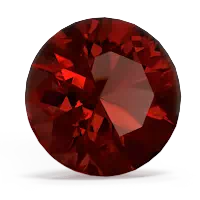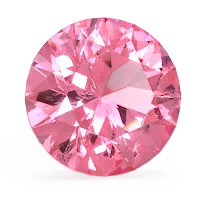

The gemstone is the star in these elegant Garnet solitaire pendants. One of the oldest gemstones in history, garnet is the birthstone of January. Garnet rings have been popular since Victorian times, and are treasured for their deep red color. Sapphire is the birthstone of September, and pink sapphire is a very popular gemstone in jewelry today. The bright and happy color of a pink sapphire ring is both playful and trendy.